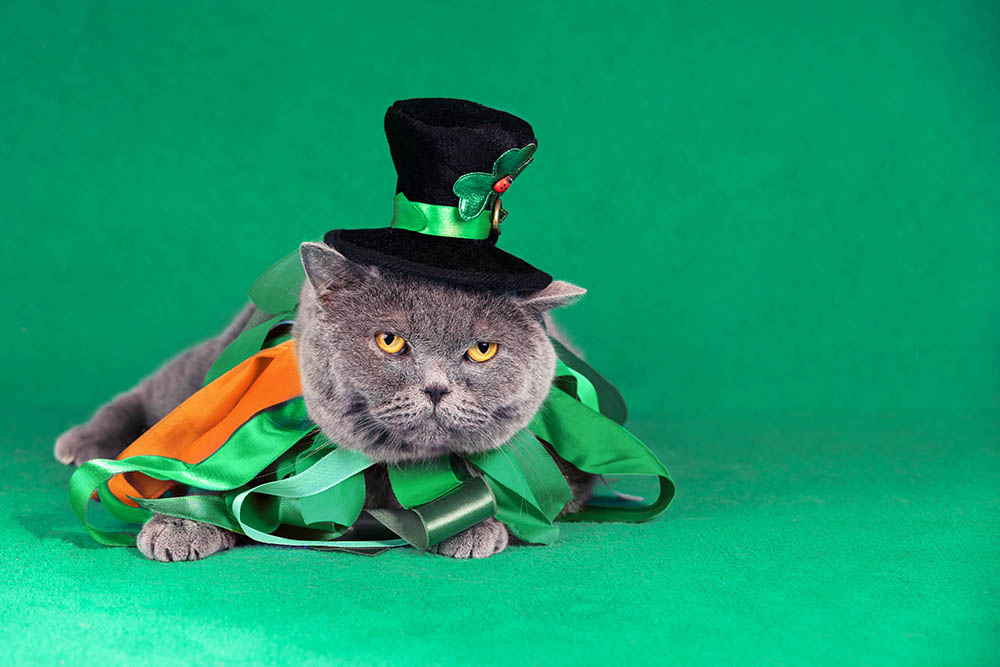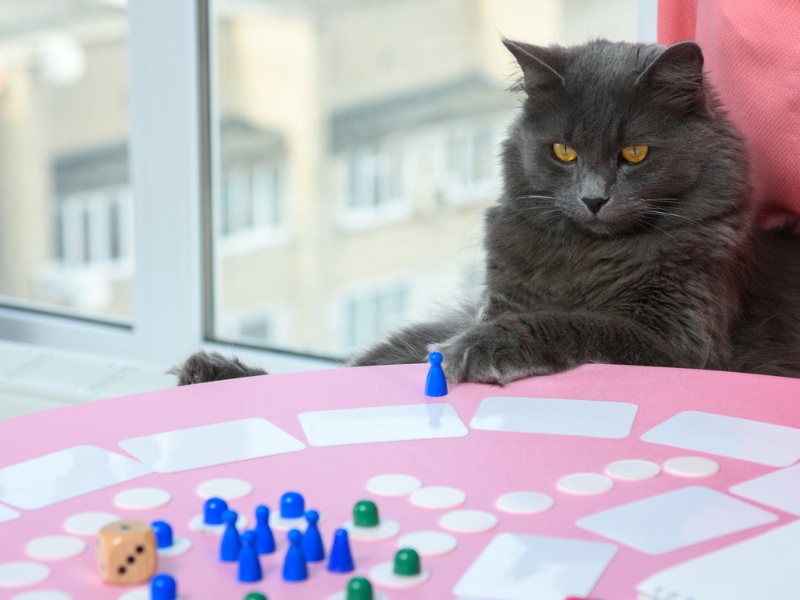Why Do Cats Have Tails? Vet-Reviewed Feline Anatomy
By Oliver Jones
Updated on
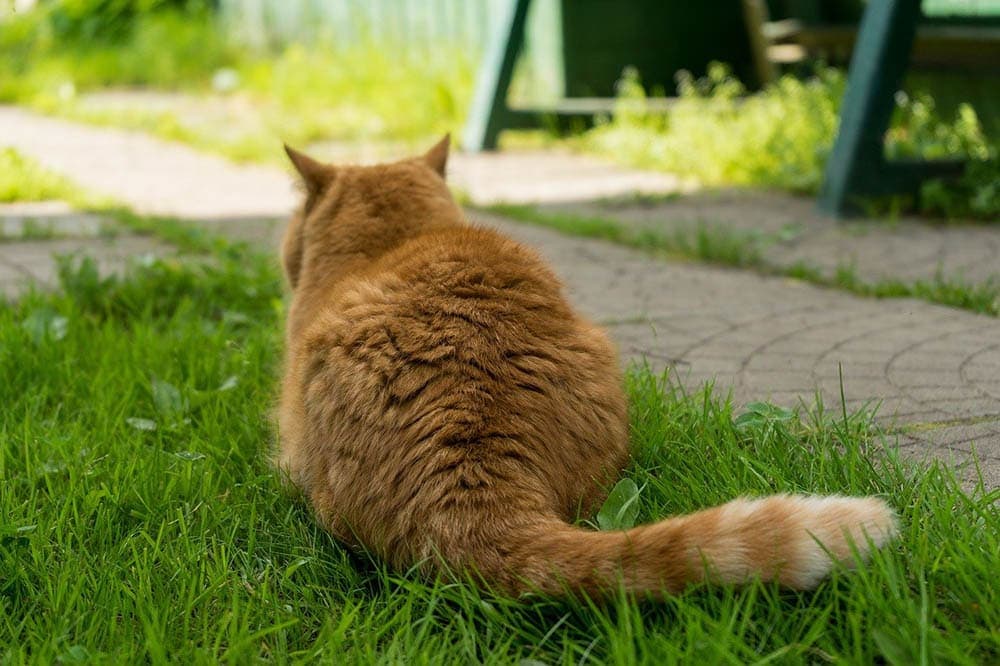
It might seem like your cat’s tail is constantly in their way if it’s getting caught in doors, windows, and other spaces. If it’s in their way all the time, why do cats have tails to begin with?
The truth is that cats have tails for communication and balance, both of which are critical functions. But how does a cat use their tail to communicate, and how much control do they have over it for balancing?
We answer both those questions and give you even more information about your cat’s tail here.
Benefits of a Cat’s Tail
While it might not seem like much, a cat’s tail is a natural part of their body and has various benefits for them. Cats’ tails are extremely important for two reasons.
First, a cat uses their tail as a counterbalance in many situations. Whether they’re getting ready to pounce or are balancing at the top of the couch, their tail helps them stay in place.
Cats are well-known for their ability to right themselves during a fall. The tail plays a role in this reflex, allowing them to orient themselves so that their paws make contact with the ground first. In this instance, the tail turns in the way the cat wishes to turn themselves during a fall.
Second, cats use their tails to communicate. They can do this in various ways. If your cat has a straight tail, they’re likely greeting a newcomer. It’s a friendly greeting, but it’s different than when they’re completely relaxed. If they have a curve at the tip of their tail, they’re showing you that they’re relaxed.
Likewise, if your cat has a puffed-up tall tail, they’re showing signs of potential aggression. If you confront a cat with a puffed-up tail, you need to be extremely careful.
Finally, if your cat is flicking their tail quickly back and forth, they’re likely getting ready to pounce. It could be part of a playful game, or they could be in full hunting mode.
Cats can live without a tail. This is necessary in some instances where a tail must be surgically amputated for the benefit of the cat. But some cat breeds are bred specifically to not have a tail. An example of one such breed is the Manx. However, it is important to remember that not having a tail doesn’t offer these cats any benefits. Therefore, their breeding remains controversial.
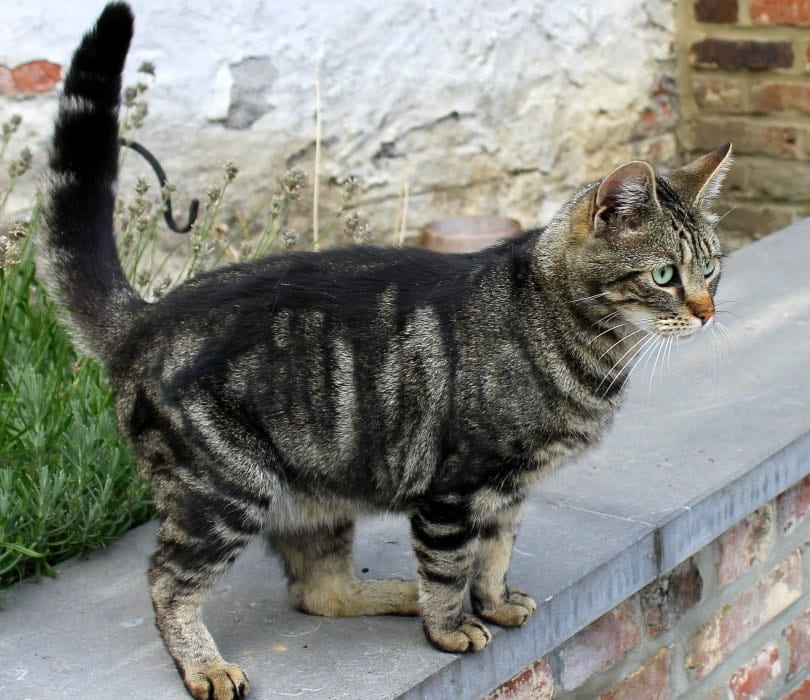
Do Cats Have Control Over Their Tails?
Absolutely! As long as they’re awake, your cat has complete control over their tail, just as you have control over your arm. While it has an acceptable range of motion, they can move their tail anywhere they want at any time.
This enables them to get the best possible balance in various situations, which is crucial for a cat in the wild.
Why Does a Cat Slap You With Their Tail?
If a cat is “slapping” you with their tail, they’re not doing it to be mean. Instead, they’re likely just trying to get your attention.
They might want you to refill their water bowl, give them food, or simply spend time with them. In short, if your cat is slapping you with their tail, all they want is attention!
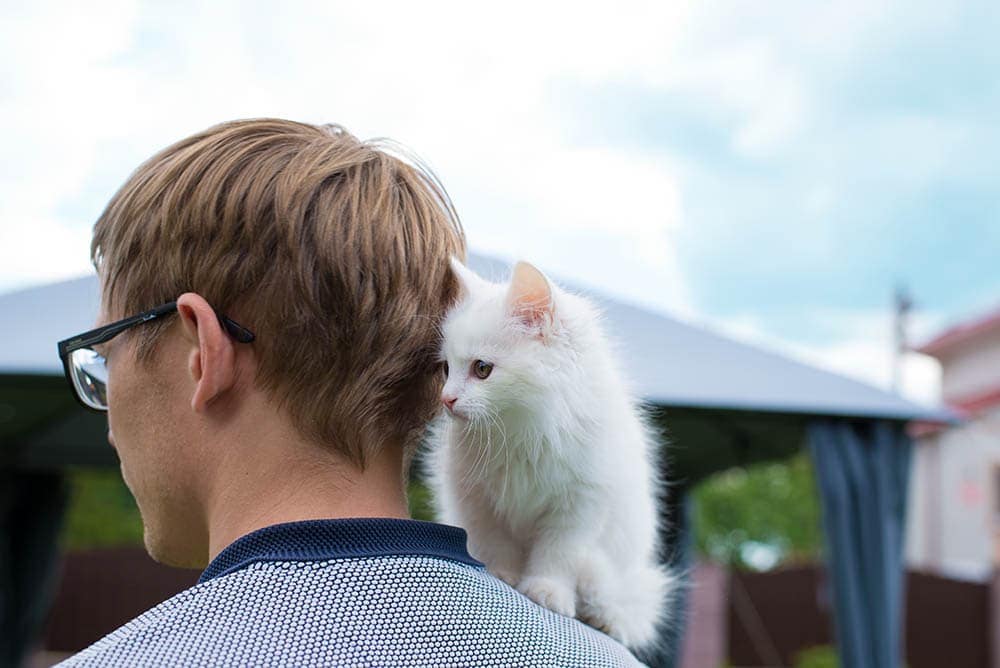
Do Cats Like Having Their Tails Pulled?
While some owners swear that their cat enjoys playful tugs of the tail, that doesn’t mean you should do it. Pulling a cat’s tail is never an acceptable form of interaction with your pet. Pulling their tail is not like giving them a massage, even if you inadvertently assume they enjoy the sensation.
A cat’s tail connects to their entire spinal system, and pulling it can lead to detrimental side effects. In a worst-case scenario, this includes complete paralysis, so it’s not worth the risk.
Conclusion
The next time that you’re paying attention to your cat, go ahead and give their tail a look. While it might not seem like much, the more you pay attention, the more you’ll notice how they use it in just about everything that they do.
Whether it’s showing you their mood or helping them walk across various surfaces, their tail is always in action, even if you don’t realize it.
Looking for more information on cat behavior? Take a look at:
- 5 Reasons Why Cats Wag Their Tails While Lying Down
- Why Do Cats Rub Against Your Legs? Everything You Need to Know!
Featured Image Credit: Pixabay



